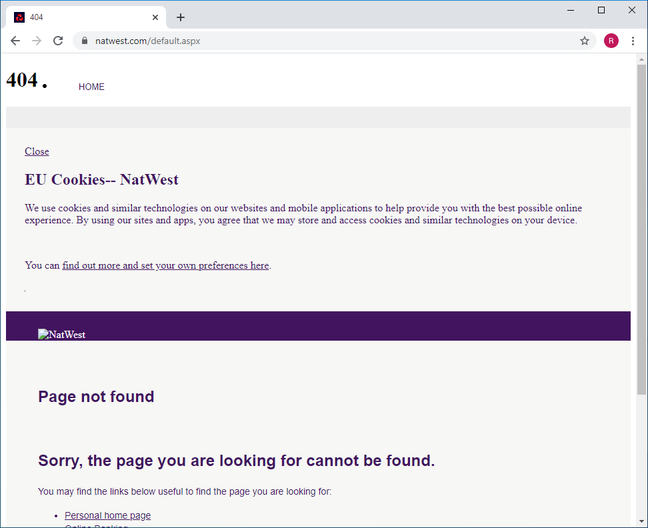Researchers spot gaps in users’ and IT practitioners’ security habits, and between security tools and user preferences.
Cybersecurity professionals, and the employees and consumers they serve, all engage in risky security practices. Data shows password issues continue to plague users of all experience levels, two-factor authentication adoption is lagging, and mobile devices are introducing new challenges.
For the second “State of Password and Authentication Security Behaviors Report,” conducted by the Ponemon Institute and commissioned by Yubico, researchers polled 2,507 IT security practitioners and 563 individual users. In addition to learning the habits of cybersecurity pros, they wanted to see how professionals’ habits compared to those of employees and customers.
“We expect people who are in IT and IT security to be more security-smart,” says Larry Ponemon, co-founder and CEO of the Ponemon Institute. “For the most part, both groups are more similar than they are different.”
There are, however, some discrepancies between the two groups. When asked about the increase in security and privacy concerns, security pros pointed to their higher concern for government surveillance (61%), as well as more use of mobile devices (53%) and connected devices (41%). Consumers said they are most worried about their personal data, particularly medical records, shared with third parties (57%), followed by mobile device (46%) and connected device (43%) use.
Behavioral numbers are closer. Sixty percent of professionals said they don’t use 2FA to protect personal accounts, compared with 64% of consumers who don’t. Half of professionals reuse passwords across workplace accounts, compared with 39% of consumers. Roughly half of both groups – 51% of consumers and 49% of professionals – sometimes or often share passwords with colleagues.
After an account takeover attack, 76% of consumers said they changed how they managed their passwords or protected their accounts. Only 65% of IT pros did the same, researchers found. Individuals are most likely to use stronger passwords (61%), make more frequent password changes (52%), use unique passwords across multiple accounts (36%), or start using 2FA (35%) after a cyberattack.
The trend of tech professionals reusing passwords and adopting poor security habits “seems counterintuitive” but points to broader business problems, says Jerrod Chong, chief solutions officer at Yubico. IT security pros serve several teams across an organization. They can fight for stronger security tools, but if a long-held policy mandates stronger, more complex passwords, it becomes “a losing battle” for them to change the mindset of business leaders and stakeholders.
“It’s not just a tech mindset,” Chong explains. “It goes back to the systems and processes of a large organization that makes it harder to make a technology [switch] by putting specific mandates on security practices.” Businesses often adhere to policies created decades ago, he continues, and those who don’t follow the policy are out of compliance. IT security pros often go along because they don’t want to be out of compliance and there is no support for change.
“[Change] needs to come all the way from the top and all the way from the bottom,” Chong adds. “These numbers are giving a spotlight into the problem, which is both a technology and people problem.”
Passwords: A Hard Habit to Break
The ways that organizations manage and protect their passwords is putting them at risk, researchers found. Despite concerns from both groups around protecting workplace accounts, 59% of both professionals and consumers said they use human memory to manage and protect their passwords. Another popular method is sticky notes, used by 42% of professionals and 41% of consumers, respectively. Only 36% of professionals and 37% of consumers use a browser extension to autofill or remember passwords, and even fewer use a password manager.
Less than half (46%) of professional respondents said they require 2FA to gain access to corporate accounts. More than half (51%) of individuals use a personal device to access work-related items; of these, 56% don’t use 2FA. This trend underscores the idea that authentication is more of a people problem than a tech problem, Ponemon points out.
“In this case, we basically have technologies that facilitate good security practices that may not be used entirely,” he explains. “People may not feel truly secure unless they have passwords.” The “vast majority” of people view 2FA and passwords as different, Ponemon adds.
IT security pros reported that SMS codes (41%), backup codes (40%), and mobile authentication apps (37%) are the three main 2FA methods they support or plan to support for customers. Despite the concern for their personal data, only 49% of consumers said they are improving account security with a layer of protection beyond a username and password. Slightly more (56%) are only willing to adopt new security tech if it’s easy to use and significantly increases security.
Mobile Devices, More Problems
Mobile device usage is ramping up, driving concern among consumers and professionals alike. Fifty-five percent of IT security pros reported personal mobile devices are permitted at work, and 45% of employees, on average, said they use their personal devices for work. One worrying statistic found 62% of organizations don’t take necessary steps to protect information on smartphones, and, overall, they struggle to find a simple and effective way of protecting corporate account access.
“Mobile devices pose a very interesting crossroads between how we think about 2FA and how we think about security, in general,” says Chong. Both security pros (65%) and individuals (53%) believe biometrics would increase the security of their organizations or accounts. More than half (56%) of individuals and 52% of security pros said the same about hardware tokens.
Securing mobile devices across an organization can be very complex, as opposed to securing laptops and desktops, because more people rely on mobile to communicate, Ponemon adds.
“Most people just don’t realize the whole nervous system of an organization is based on the ways people communicate, and mobile becomes a very significant part of that process,” he says.
Related Content:
 Check out The Edge, Dark Reading’s new section for features, threat data, and in-depth perspectives. Today’s featured story: “8 Things Users Do That Make Security Pros Miserable.“
Check out The Edge, Dark Reading’s new section for features, threat data, and in-depth perspectives. Today’s featured story: “8 Things Users Do That Make Security Pros Miserable.“
Kelly Sheridan is the Staff Editor at Dark Reading, where she focuses on cybersecurity news and analysis. She is a business technology journalist who previously reported for InformationWeek, where she covered Microsoft, and Insurance Technology, where she covered financial … View Full Bio
Article source: https://www.darkreading.com/operations/users-have-risky-security-habits-but-security-pros-arent-much-better/d/d-id/1337095?_mc=rss_x_drr_edt_aud_dr_x_x-rss-simple



 Check out
Check out  Check out
Check out 



 Check out
Check out